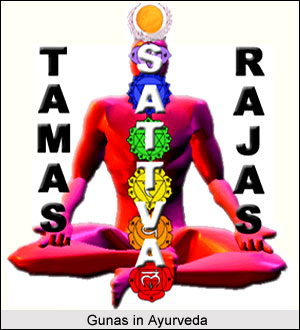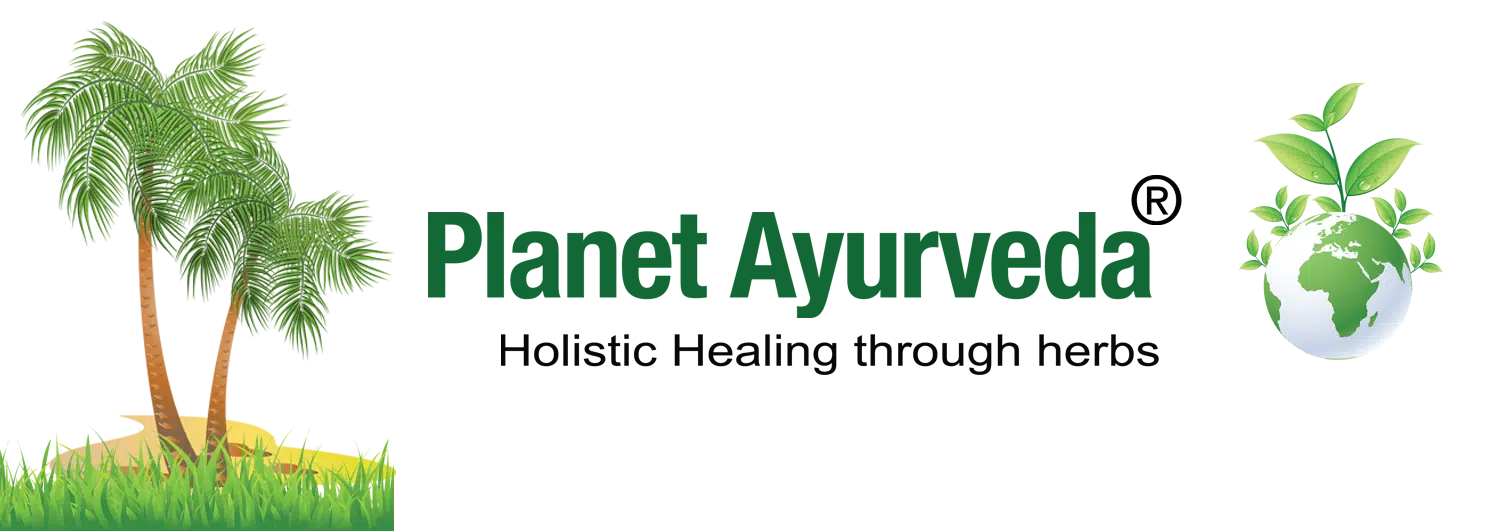
Overview
Charaka wrote ‘Everything in the universe has medicinal application’. Agnivesha told his teacher that he was not able to locate any plant without medicinal application. Before the evident of modern medicine, man was completely dependent upon medicinal plants for curing as well as preventing diseases. Ancient reseachers described work on medicinal plants in Nighantus. Charaka wrote ‘Everything in the universe has medicinal application’. Agnivesha told his teacher that he was not able to locate any plant without medicinal application. Before the evident of modern medicine, man was completely dependent upon medicinal plants for curing as well as preventing diseases. Ancient reseachers described work on medicinal plants in Nighantus.
Later on the subject Dravyaguna came in existence and it has significant place in Ayurvedic system of medicine. Scholars of the western countries wrote Materia Medica, the term coined for the subject dealing with study of drugs derived from natural source. Materia Medica has been largely replaced by term Pharmacognosy.
It deals with study of drugs derived from natural (plant, animal or marine) origin. In the recent past, the study of Dravyaguna has become more important because of global acceptance of Ayurvedic system of medicine. Ayurveda has its own concept as far as drug formulation is concerned.
Guna (property) parameter is a vast topic. Most probably, guna stands for the physical property of the drug. Ayurveda describes forty-one guna. Guna parameter represents partly physical and chemical properties and partly physiological properties of drugs.
These are Further Divided into:-
- Gurvadi guna (20)
- Paradi guna (10)
- Vishisht guna (5)
- Adyatamika guna (6)
Gurvadi Guna
Gurvadi Guna have been Explained in Following Table:-
| Sr. No. | Synonym | Composition | Effect on humours | Biological Function |
| 1. | Guru (Heavy) | Earth water | Increase K, decreases V | Tonic, diaphoretic, and diuretic |
| 2. | Laghu (Light) | Fire and air | Increases V, decreases K | Vulnerary, digestive, appetizer |
| 3. | Shita (Cold) | Air and water | Increases V & K, Decreases P | Cooling and anti-diaphoretic |
| 4. | Ushna (Hot) | Agni | Increases P, decreases K & P | Carminative, appetizer and diaphoretic |
| 5. | Snigdha | Earth and water | Increases K & P, decreases P | Tonic |
| 6. | Ruksha | Fire and air | Increases V, decreases K & P | |
| 7. | Mrdu (Soft) | Water and ether | Increases K, decreases V | Laxativ |
| 8. | Tikshna (Sharp) | Fire and air | Increases P, decreases V | |
| 9. | Sthira (Immobile) | Earth and water | Increases K | Causes constipation. |
| 10. | Sara (Mobile) | Water | Decreases V | |
| 11. | Manda (Dull) | Earth and water | Increases K | |
| 12. | Kathina (Hard) | Earth. | Increases V | |
| 13. | Pichila (mucilaginous) | Water | Increases K | Promotes union of fracture |
| 14. | Vishda | Earth and air | Increases V, decreases K | Promotes healing of wounds |
| 15. | Shalakshna | Water | Increases K | Promotes healing of wounds and union of fracture |
| 16. | Khara. | Air | Increases V | Produced emaciation |
| 17. | Sthoola Macroscopic) | Earth | Increases K | Nutritive |
| 18 | Sukshma Microscopic) | Air | Increases V | |
| 19. | Sandra (Semi-solid) | Water and air | Increases K | Tonic |
| 20. | Drava (Liquid) | Water | Increases K |
Table : It shows composition, effect on biological humours and functions of Gunas.
Paradi Guna
- Para: In Ayurvedic practice, para stands for the best. Which thing is best for the patient including the diet or medicine; this falls within the spectrum of para. In clinic practice, doctor prescribing complete bed rest in certain diseases for quick recovery. Diseases including diabetes mellitus and arthritis require rational approach. A blend of medicine, balanced-diet and regular exercise are must for keeping symptoms under control.
- Apara: In Ayurvedic practice, apara refers to what is harmful for the human body. Ayurvedic system of medicine treats medicine as diet and diet as medicine (vice-versa). As an instance, consumption of protein rich protein in patients of gout and consumption of vegetables of Solanaceae in patients of rheumatoid arthritis can aggravate the clinical symptoms.
- Yukti: In Ayurvedic practice, Yukti is defined as doing activity in a systematic manner. The formulations described in Ayurveda are prepared keeping in mind the aggravated three biological humours (vata or pitta or kapha), constitution of the patient and time to be administered.
- Sankhya: It signifies number. For example Ayurveda considers virya (potency of drug) of two types; ushna (hot) and sita (cold). Two types of jaundice are mentioned in Ayurvedic texts kosthashrita (confined to abdomen) and shakashrita (confined to limbs) whereas in modem medicine jaundice is if three types hemolytic, hepatic and obstructive.
- Sanjoga: It can be defined as combination of two or more substances. During preparation of Triphala, definite proportions of Haritaki (Terminalia chebula), Vibhitaka (Terminalia bellerica) and Amalaki (Phyllanthus emblica) are included.
- Vibhaga: It can be defined as separation of one substance from another. It can be compared with extraction of bioactive principles from the medicinal plants. Vibhaga also stand for ability of the human body to distinguish between two dravya (substances).
- Parimana: It signifies measurement of liquid or solid. Like one teaspoonful (5 ml) tablespoonful (15 ml) for liquids. Ayurveda system of medicine has its own concept for measurements including rati, masha or tola.
- Samnskara: Ayurveda has described some medicinal plants having poisonous properties. They are purified according to the procedures before using in formulations.
All the process adopted to render pant les toxic are referred to as samnskara.
Click here to read more articles on ayurveda related topics.
